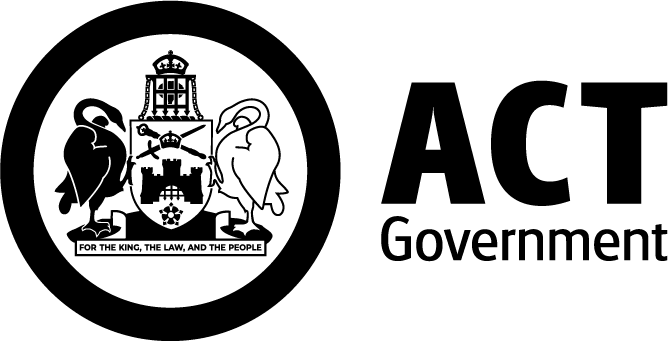Pine plantation management
History
The multi-use forest in the Lower Cotter Catchment was established in 1915. It supports:
- the local timber industry
- recreational opportunities
- water protection.
Most of the planted forest area was originally broken-down grassland.
Before the 2003 bushfires, this forest was 26,000 ha of land. In January 2003, roughly 10,500 ha of the forest’s pine plantation were destroyed by bushfires. Only the Kowen Plantation in the east was not affected.
After the fires, the burnt areas were cleared. Some were replanted with pine trees to stabilise the soil and protect water quality. The plantation boundaries were also redefined. This meant some plantation areas changed to native vegetation.
Historian Brendan O'Keefe has turned ten interviews with key industry figures into a book. In 2017, transcripts of the ten interviews were found unexpectedly, creating the book, Forest Capital [PDF 7.1 MB].
The interviews were originally collected in 1994, a part of an oral history project started by former ACT Forests Director Graham McKenzie-Smith. However, the original interviews were thought to be lost after the 2003 bushfires destroyed more than 60% of the Territory’s plantation timber and the Stromlo office.
The book is a great introduction into the colourful world of ACT forestry.
Managing our forests
The ACT Parks and Conservation Service (ACT PCS) forestry team manages our forests today. They use the Strategic Plantation Management Plan and focus on social, economic and environmental sustainability.
They strive to achieve and maintain responsible forest management certification. This is outlined in the ACT Forest Management Unit Policy Statement.
All relevant documents concerning forest management certification are available upon request using the contact information below.
Using our forests
Recreation
Our forests are also used for recreational activities, including:
- walking and jogging
- horse riding
- cycling
- camping
- picnicking
- fishing
- musical events
- car rallies.
The number of visitors to the pine forests is now equal to those visiting the ACT National Parks. The forests are close to the city, easy to access, and have benefited from forest management investments.
Pine forests can be dangerous work sites. Be aware of timber harvesting when planning any activities. Timber harvesting occurs on weekdays, all year round.
Check the map of the Commercial Pine Plantation Estate to help you safely plan your activities in the ACT's pine forests. Remember to book ACT land for your event.
Timber production
Recreation in our forests must consider timber production. Our pine forests are hazardous working sites for harvesting timber. They produce sawlogs and pulpwood that go into regional sawmills.
Harvesting is carried out Monday to Friday, in line with the ACT Code of Forest Practice.
To safely plan activities in ACT's pine forests, see our interactive map.
Contact
Phone: 13 22 81
Email: ForestEnquiry@act.gov.au
